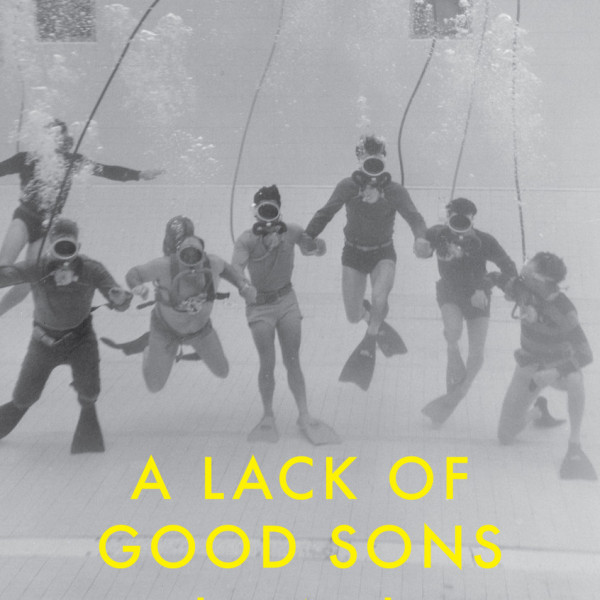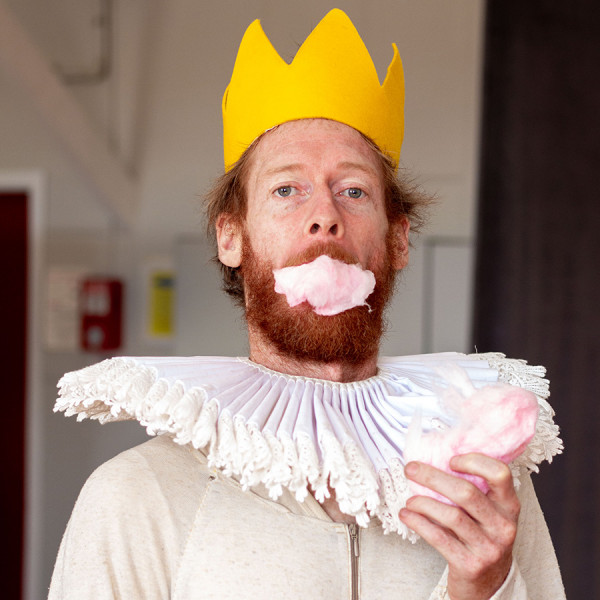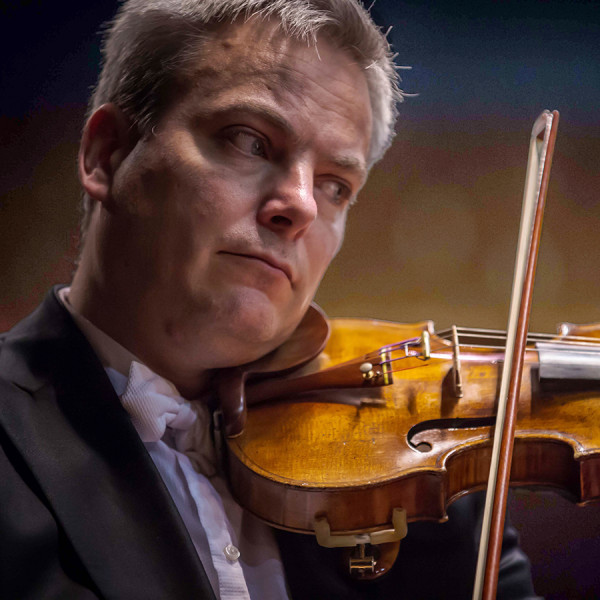
All too often, being in the spotlight – whether it be a presentation, a Zoom meeting, or any other form of being on show – is an opportunity for the loudest, boldest, and most confident voice in the room to take centre stage; an arena for those whose very existence relies on getting ample airtime. Step into the Spotlight author Russell Pickering suggests that the quiet, competent, considered, and thoughtful among us also have great value, and should be encouraged and offered opportunities to show up and present too. “Don’t wait, we need you now, step out into the spotlight and shine,” he says.
In Step into the Spotlight, he shows you how. In his chapter on courage, Pickering shares a definition of anxiety from a psychologist friend. “Anxiety comes from an over-estimation of a problem or issue, coupled with an under-estimation of your ability to deal with it, or cope with it.” Don’t obsess over trying to be confident when you have to give a presentation; your job is to get your audience to have confidence in you and your ideas, Pickering says, and besides, “courage trumps confidence”.
Step into the Spotlight is a simple yet structured guide to presenting. Looking outwards is key; it’s not about you, it’s about your audience and what they may find engaging. Consider what your audience already knows about your topic, which will allow you to hone your presentation and visual aids accordingly. Gauge how your audience feels throughout your presentation. For instance, do they need a break? Pickering acknowledges the challenges of presenting, but offers practical advice to master these. He walks you through the characteristics of the three spotlight archetypes: The Analyser, The Storyteller, and The Inspirer.
In conclusion, if I ever have to give that all-important presentation to a bunch of people I do or don’t know, Pickering’s Step into the Spotlight will be the first thing I reach for.
The premise: trust your work, connect with your audience, and deliver.











